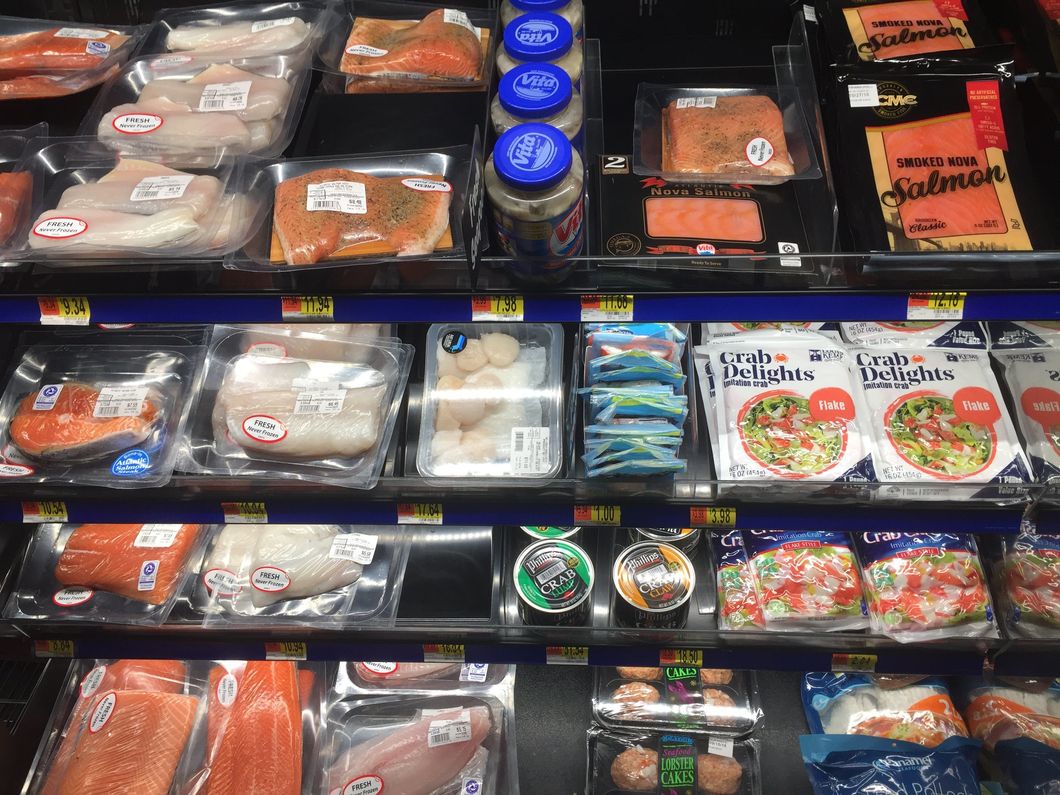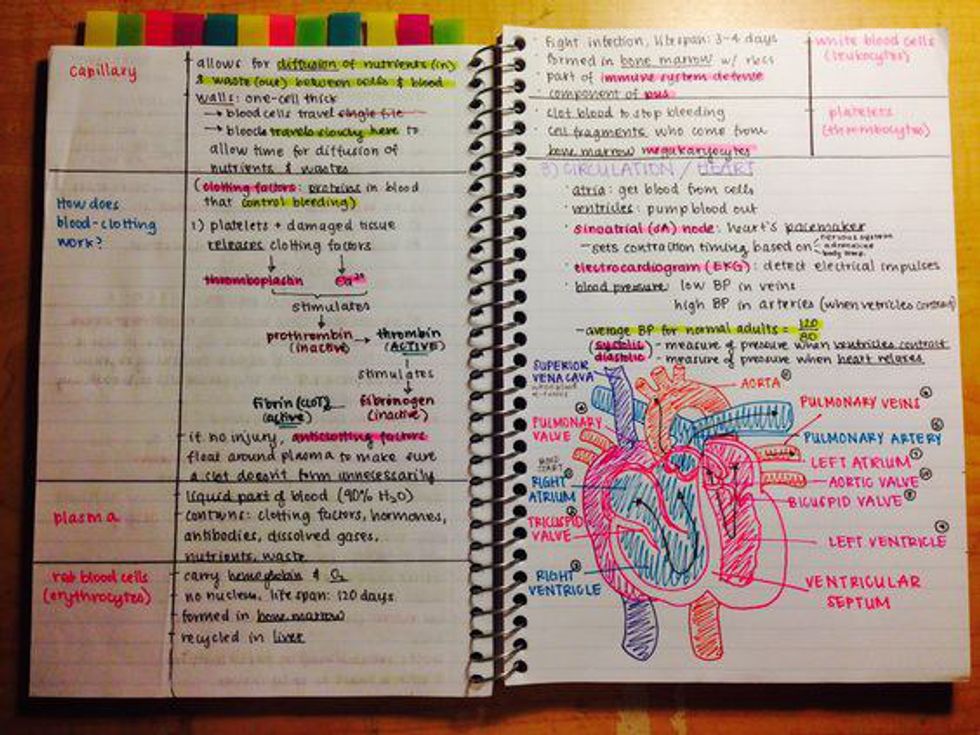You go into a grocery store or restaurant. You want to select a lean protein (not chicken or soy). It may come in a tin can, in a foam tray wrapped in clear plastic, in a box with a tasty-looking picture, or in a dish with sauce and garnish. Fish can be a flavorful and healthy addition to any lunch or dinner. At the same time, some of the fish that we commonly find or purchase at restaurants and supermarkets is not sustainable.
Sustainable seafood is best defined as species that are caught or farmed in a way that ensures the long-term health and stability of that species, as well as the greater marine ecosystem. If a species of fish or shellfish is overfished, then the species can become regionally extinct (where the population of a species is gone for good in one part of the world) or commercially extinct (when the population of a species has dropped to a level where it is no longer profitable to harvest them). Both commercial and regional extinction leads to fisheries collapsing and lots of jobs being lost. Farming methods can be similarly destructive to surrounding environments if not carefully managed. In order to determine if a type of seafood is sustainable, you need to know the specific species(not just tuna, but is it bluefin, albacore, skipjack etc.), whether it is farmed or wild caught, and which region or country it comes from.
When it comes to wild caught fish and shellfish, there is not one right or wrong method of fishing or harvesting a specific species. The sustainability of a fish or shellfish caught off a coastline depends on how quickly it reproduces and its role in the food web. In some parts of the world, there is a lack of proper fisheries management studies and policies to reduce and prevent overfishing. When one species is overharvested, the entire ecosystem will be affected by the change in the food web. Certain methods of commercial fishing, such as bottom trawling and dredging, can cause large-scale disruption to habitats on the seafloor if not carefully monitored.
Bycatch, the capture of non-targeted animals, can threaten marine mammals and other species that weren't meant to be caught. It is estimated that about 40% of all seafood caught worldwide and 22% of all seafood caught in the US is bycatch. Most of the bycatch is tossed back into the water dead or dying, some of it includes sharks, rays, porpoises, sea turtles and dolphins. Bycatch can be reduced by changing the depth at which nets are lowered, utilizing turtle excluder devices to allow sea turtles to escape, adding bingers to warm marine mammals, and tracking species caught on accident.
Aquaculture or farmed fish isn't always more sustainable than wild caught. In some cases (such as salmon), farmed fish can be worse than catching them from the wild. Fish are often fed fish oil and fish meal from wild caught fish. About a quarter of the world's commercially caught fish is used to produce fishmeal. Farmed eel and tuna are actually ranched, where eggs or larvae are collected from the wild and raised until they are at a marketable size. As opposed to breeding adult animals for eggs, ranching places reliance on wild populations to sustain it. Partially enclosed ponds (often used to farm shrimp, tilapia, and catfish) often dump wastewater into nearby waterways.
Net pens (used to farm salmon and tuna) allow water to flow freely through the cage-like structure and release waste, antibiotics, and diseases into the water, which can harm native fish. Both methods are prone to escapes, which can create invasive species. On the other hand, farmed clams, oysters and mussels are almost always sustainable because they filter water and aren't prone to escape. Aquaculture can be improved by treating wastewater before releasing it back into local waters, growing kelp or mussels around net pens to clean up the water moving through and farming fish and shrimp in inland recirculating systems.
As a consumer, you can utilize the Seafood Watch app/website, which provides sustainability for ratings for commonly available fish and shellfish, to make more responsible choices. EDF also has a Seafood Selector app/website, and while it isn't as extensive as Seafood Watch, it does provide information on mercury levels and maximum servings per month. If your favorite restaurant or supermarket doesn't provide adequate labeling their seafood, try sending a friendly message to the manager about providing details of species and origin of the seafood that they offer. Eating sustainable seafood isn't just about the environment, it's also about keeping flavorful food around for you and future generations to enjoy.









































